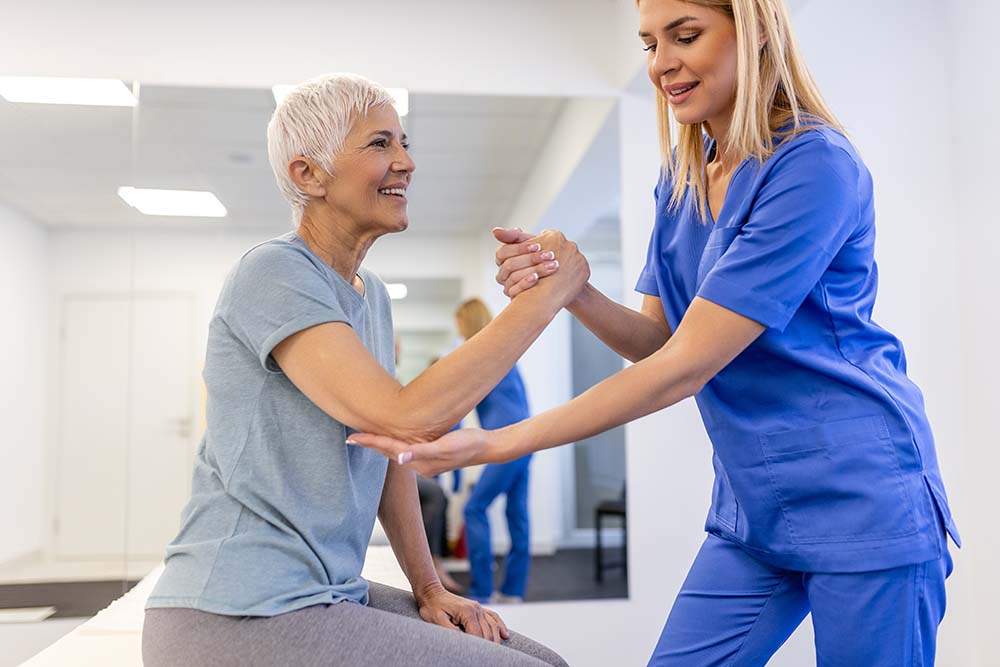Understanding various Techniques for Physical Treatment for Improved Restoration and Restoration
Understanding various Techniques for Physical Treatment for Improved Restoration and Restoration
Blog Article
Physical treatment is one crucial part of healing and recovery for a lot of people. This helps people regain strength, boost flexibility, and reduce discomfort after injuries or operations. Various approaches to physiological therapy, all crafted to meet the particular demands of clients. Comprehending these diverse approaches can assist people form informed choices about their rehabilitation process.
One typical technique to physiological therapy is physical treatment. Such method entails direct care by a physical therapist to adjust muscle groups and articulations. Hands-on rehabilitation can assist relieve discomfort, boost circulation, and enhance range of motion. Therapists may utilize techniques such as massage, articulation adjustment, and elongation to aid individuals heal. Such method is commonly advantageous for those with musculoskeletal problems, such as back discomfort or arthritis, as it centers on the physical components of healing.
An additional crucial approach is restorative exercise. Such method includes specific movements designed to improve strength, balance, and coordination. Bodily therapists create customized exercise regimens based on the patient's situation and goals. Such movements can differ from basic exercises to increasingly complex tasks. Rehabilitative exercise is essential for rebuilding power physical therapy for pregnancy after an injury and stopping future complications. This additionally assists clients regain self-assurance in their physiological capabilities, which is essential for overall rehabilitation.
Aquatic therapy is a different effective method that employs liquid to aid in rehabilitation. This method takes advantage of the buoyancy of water, which minimizes the pressure on connections and allows for more comfortable activity. Individuals can execute movements in a pool, making it a fantastic choice for those with restricted mobility or pain. Aquatic therapy can help boost strength, flexibility, and endurance while providing a supportive environment for rehabilitation. It is particularly beneficial for individuals rehabilitating from procedures or those with persistent discomfort issues.
Lastly, education and autonomy are crucial components of bodily treatment. Physiological therapists not only deliver care but also teach individuals about their conditions and how to cope with them. Such entails understanding anatomical mechanics, alignment, and the importance of staying active. With empowering clients with understanding, practitioners aid them adopt an engaged part in their rehabilitation. This technique promotes individuals to continue their healing beyond treatment appointments, leading to superior sustained outcomes.
In conclusion, bodily therapy delivers multiple techniques to improve recovery and restoration. Hands-on therapy, restorative physical activity, water-based treatment, and learning all have significant functions in assisting clients restore their strength and mobility. All method is designed to satisfy the unique requirements of patients, providing a holistic approach to rehabilitation. Through understanding these different approaches, individuals can better handle their rehabilitation journey and strive towards reaching their recovery aims.